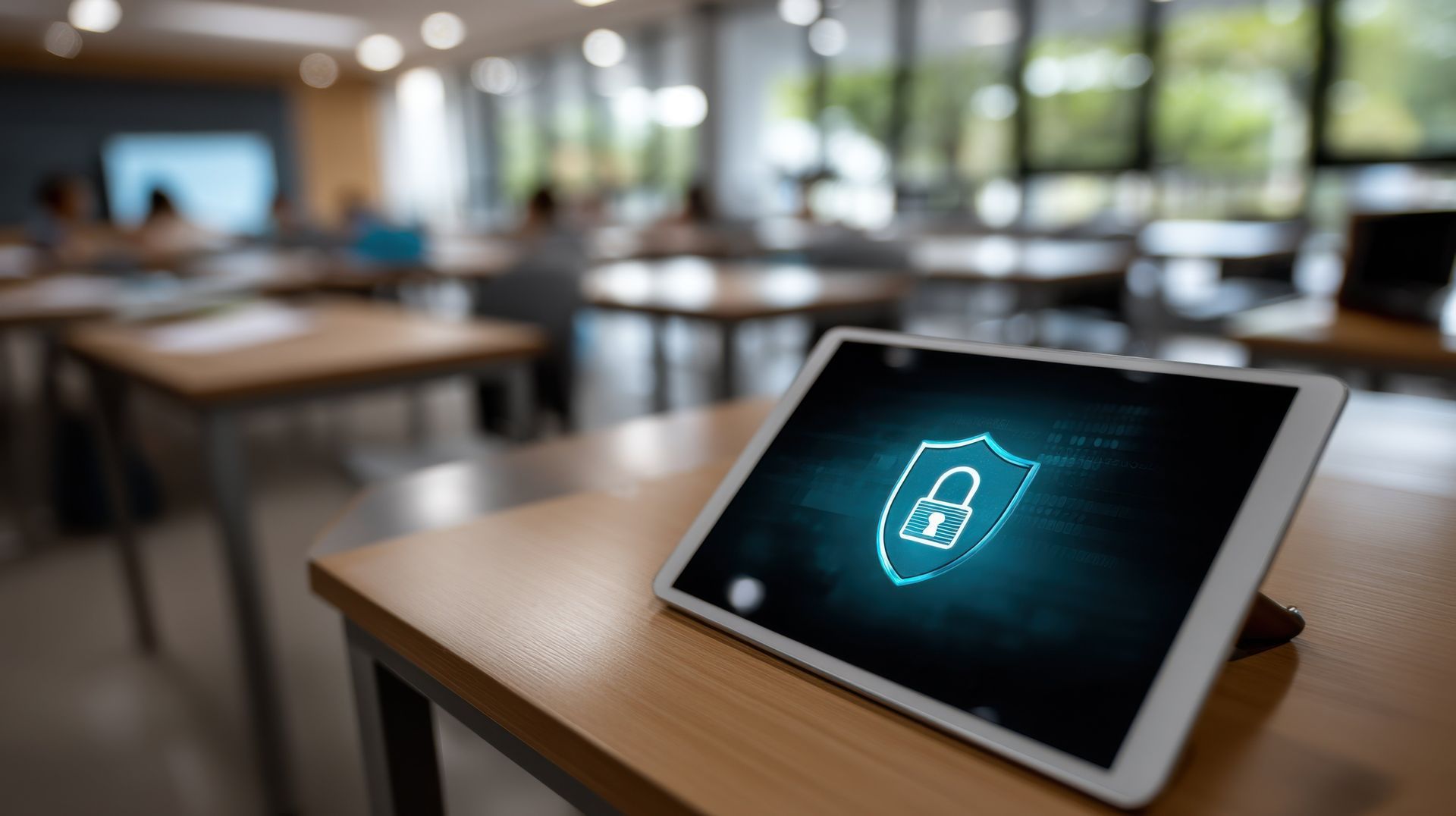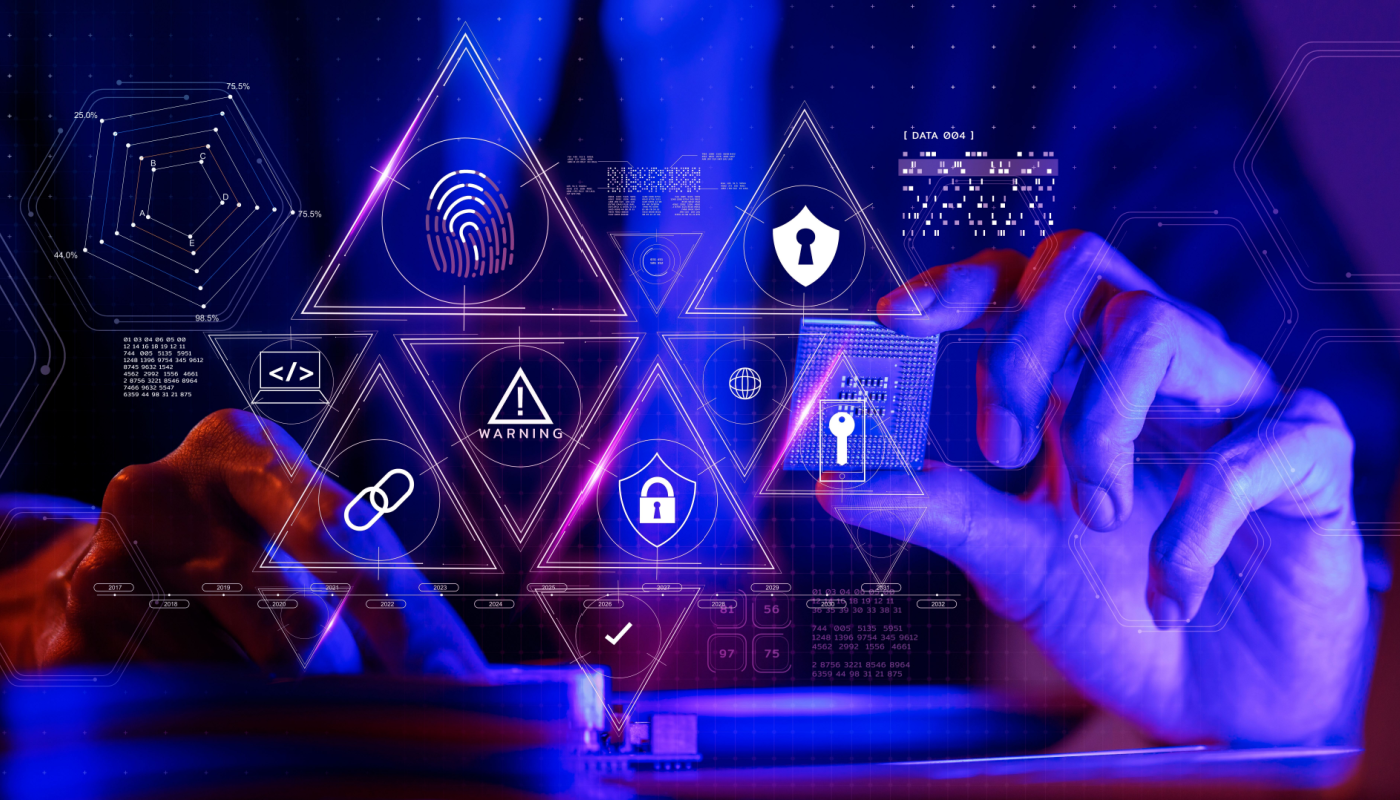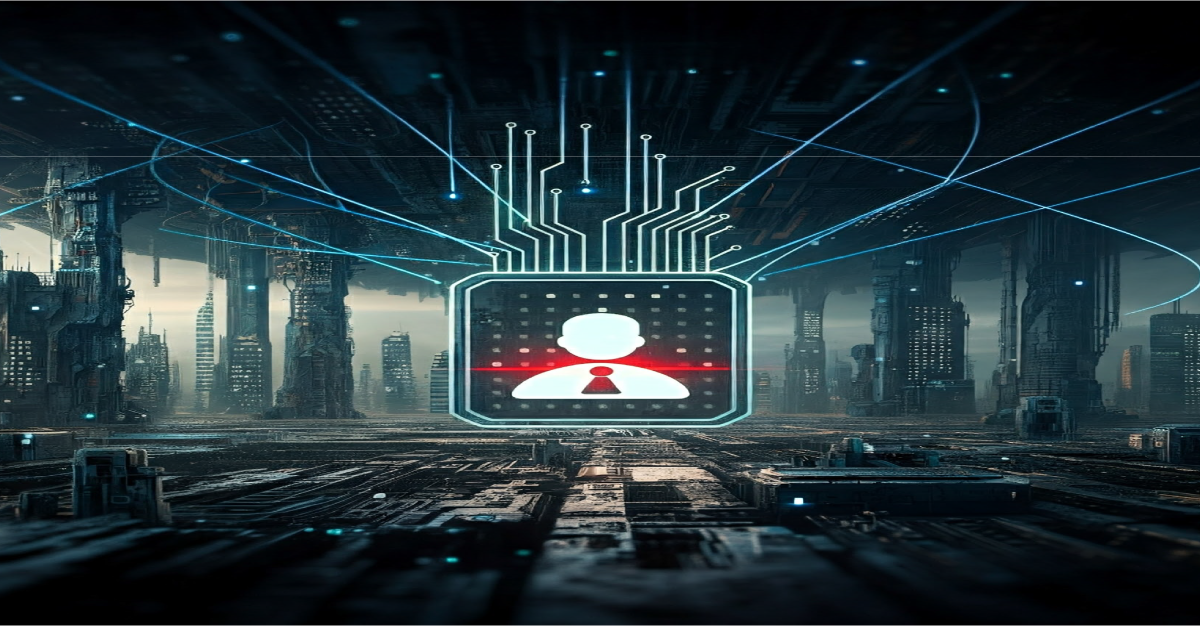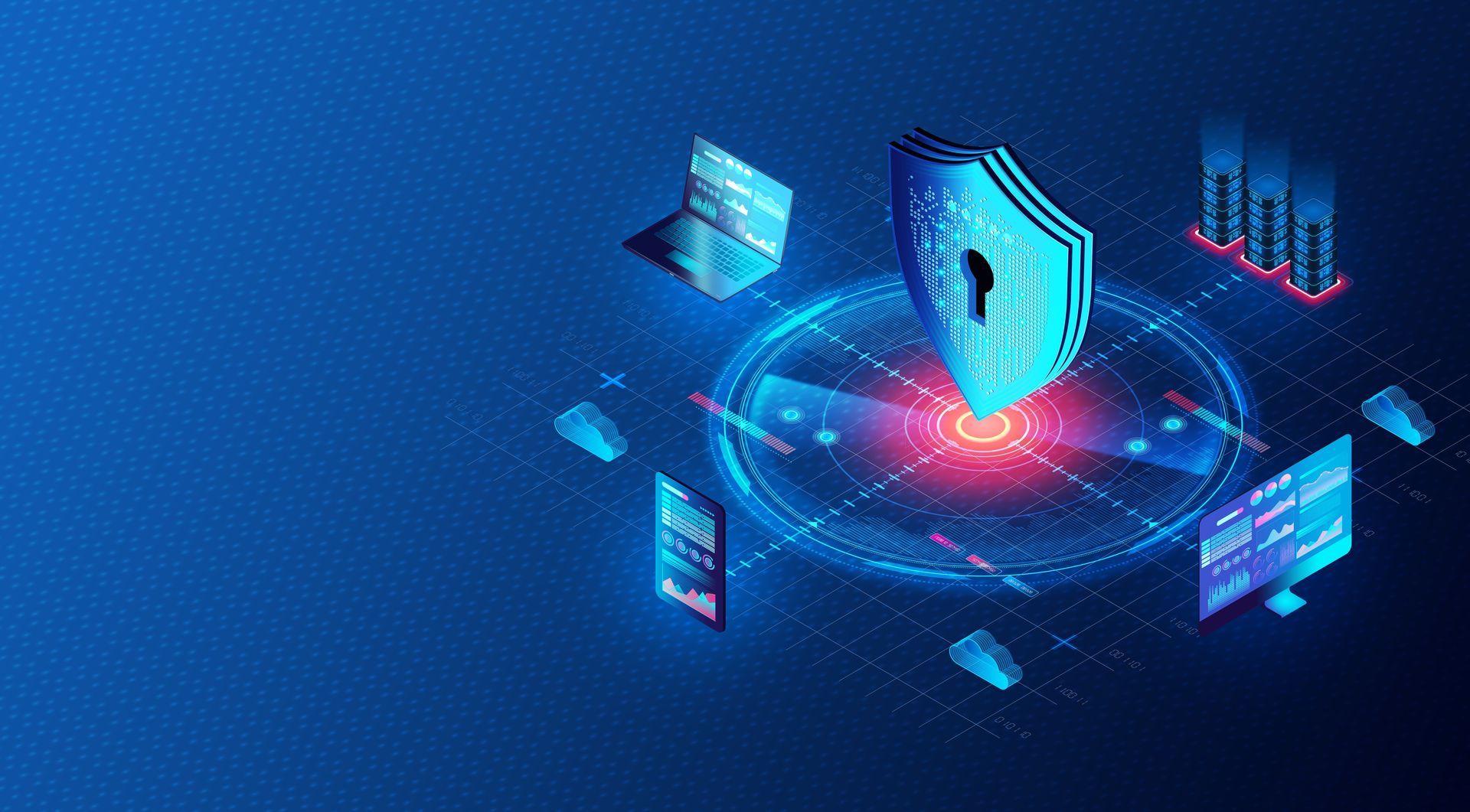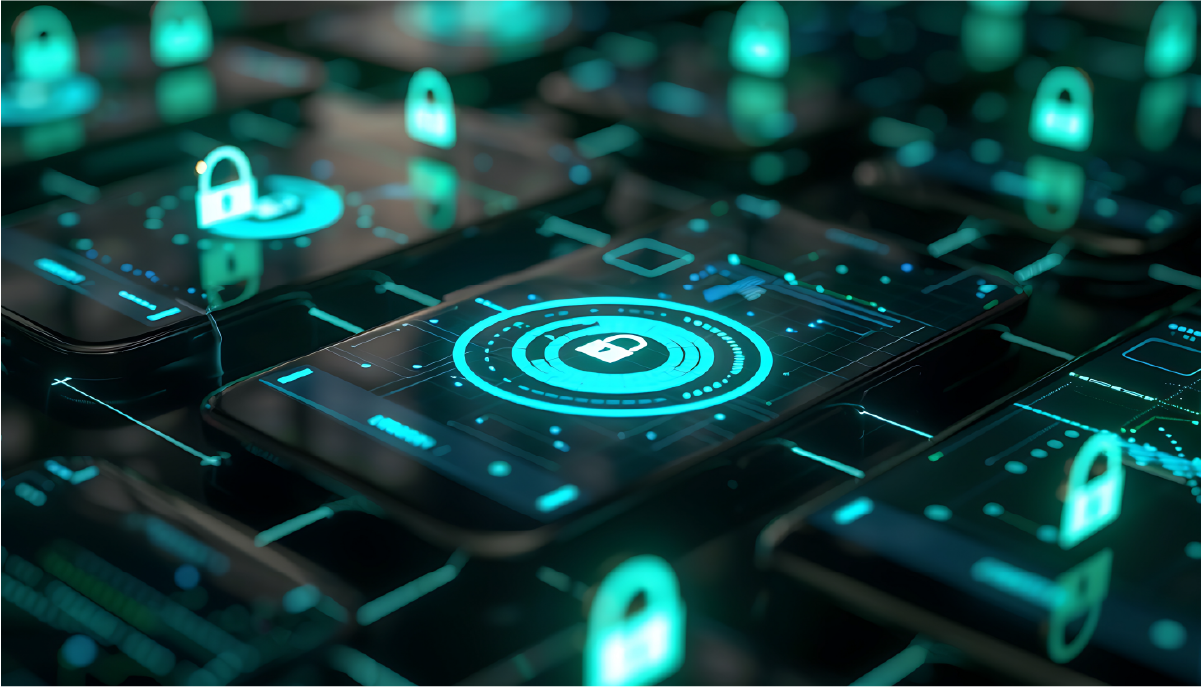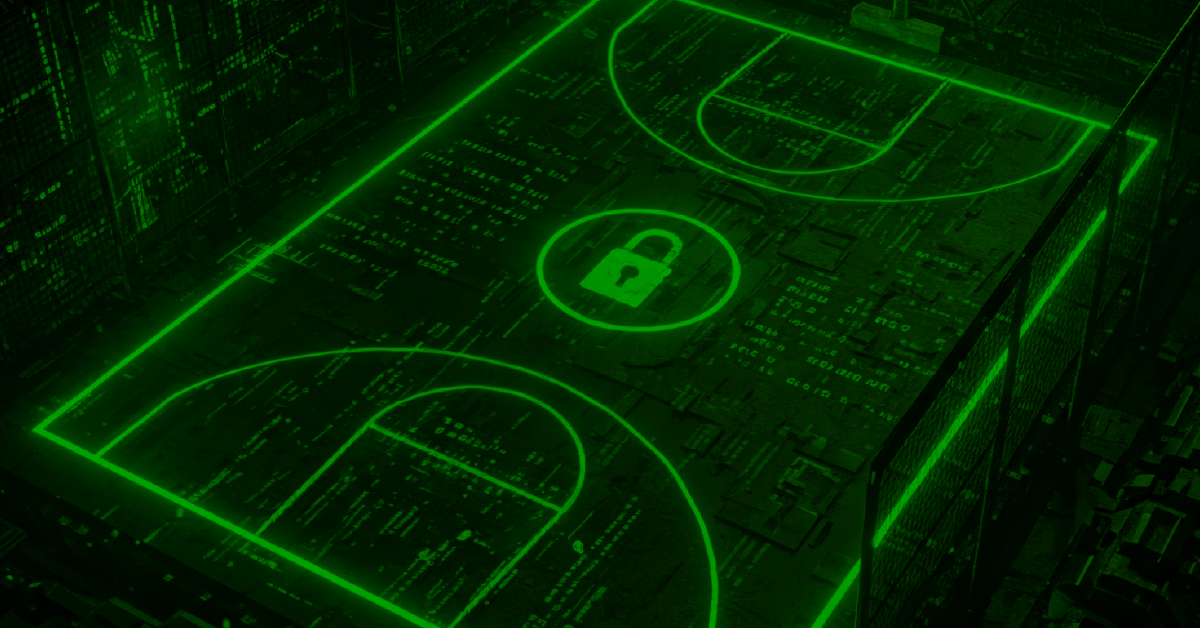May 13, 2025
SOFTwarfare Launches iDXDR: Breakthrough Identity Threat Platform Unifying IAM With XDR
SOFTwarfare®, the leading innovator in Zero Trust identity security, today announced the public launch of iDXDR™ (Identity Extended Detection and Response) - a groundbreaking cybersecurity platform that combines Identity and Access Management (IAM) and User Entity Behavior Analytics (UEBA) with Extended Detection and Response (XDR) in a unified, real-time defense solution. Available immediately, iDXDR empowers enterprise CISOs, MSSPs, and cybersecurity resellers to detect, respond, and contain identity-based threats faster than ever before, significantly reducing the risk of costly breaches. Using machine learning, and advanced analytics, iDXDR customers and service providers identify and stop abnormal user and entity behavior within an organization's network.
Unlike traditional XDR solutions, which typically overlook identity-related activities post-authentication, iDXDR continuously monitors biometric, behavioral, and access data throughout the entire user session. Built on SOFTwarfare's patented Zero Trust Identity® framework and powered by seamless telemetry integration via PangaeAPI®, iDXDR delivers unparalleled threat visibility and real-time response capabilities, fundamentally changing how organizations defend against identity-driven cyber threats.
"iDXDR doesn't just add identity to XDR - it completely redefines what XDR can achieve," said Wyatt Cobb, CEO of SOFTwarfare. "By embedding continuous biometric and behavioral authentication into the detection and response loop, we give security teams the actionable intelligence needed to detect identity compromise and abuse instantly, correlate threats across the cyber kill chain, and automatically stop attacks before they escalate."
Why iDXDR Matters: Accelerating Detection and Response
- Real-Time Detection and Response: Cuts detection and response times from minutes to milliseconds by continuously verifying identity and behavior post-login.
- Reduced Breach Costs: Early threat containment prevents costly investigations, data breaches, and business disruption.
- Eliminates SOC Alert Fatigue: Rich identity telemetry reduces false positives, enabling analysts to focus on critical threats and improving SOC efficiency and staff retention.
- Compliance and Security Framework Alignment: Directly aligns with industry standards including Zero Trust mandates, NIST 800-207, CMMC, HIPAA, and PCI - critical for regulated sectors and national security.
Key Features and Innovations of iDXDR
- Continuous Biometric and Behavioral Identity Verification: Uses BioThenticate® to monitor users and devices continuously, proactively identifying session hijacking, anomalous access, and compromised identities.
- Automated, Policy-Driven Responses: Dynamically enforces actions like step-up authentication, session termination, or access denial based on risk scoring.
- Correlated Identity and Enterprise Telemetry: Integrates deeply with SIEM, XDR, and EDR platforms, providing comprehensive visibility from initial identity compromise through lateral threat movements.
- Built Specifically for MSSPs, MSPs, and Enterprise Security Teams
SOFTwarfare designed iDXDR as a fully managed, multi-tenant, channel-ready solution, enabling MSSPs, MSPs, and system integrators to:
- Differentiate their cybersecurity portfolio with identity-centric threat defense.
- Offer compliance-ready Zero Trust services to regulated industries.
- Create new recurring revenue streams through authentication-as-a-service (IDaaS).
"Given that compromised identities are fuel for so many breaches, the industry absolutely must evolve beyond reactive security. Integrating real-time identity intelligence directly into threat detection and response is the necessary path forward," said Mike Jackson, President, Pendello Solutions. "We're particularly interested in iDXDR's potential to deliver the faster, more accurate mitigation capability our clients require. We anticipate technologies like this will be key to achieving practical security gains while advancing Zero Trust objectives."
Recent Posts
